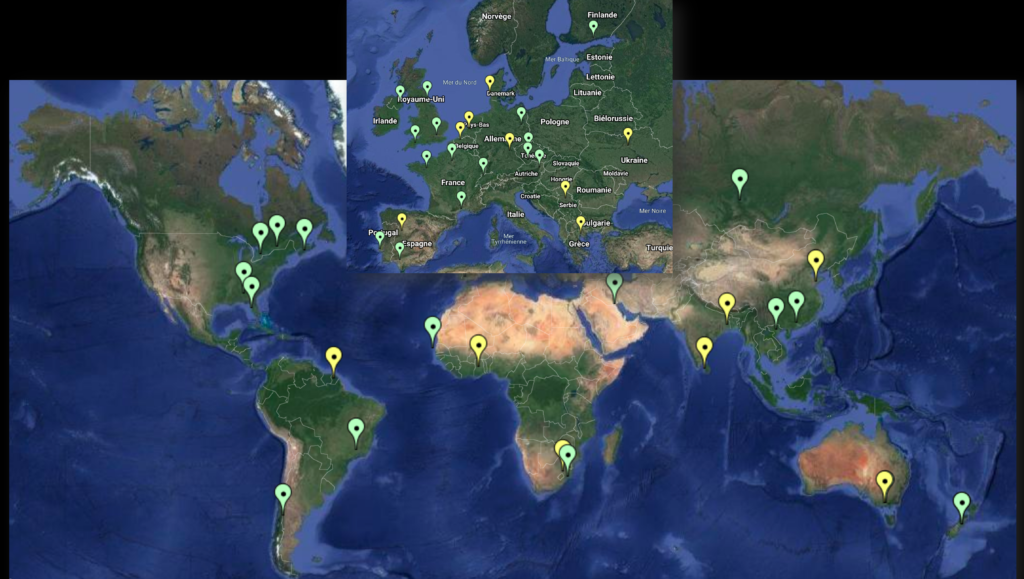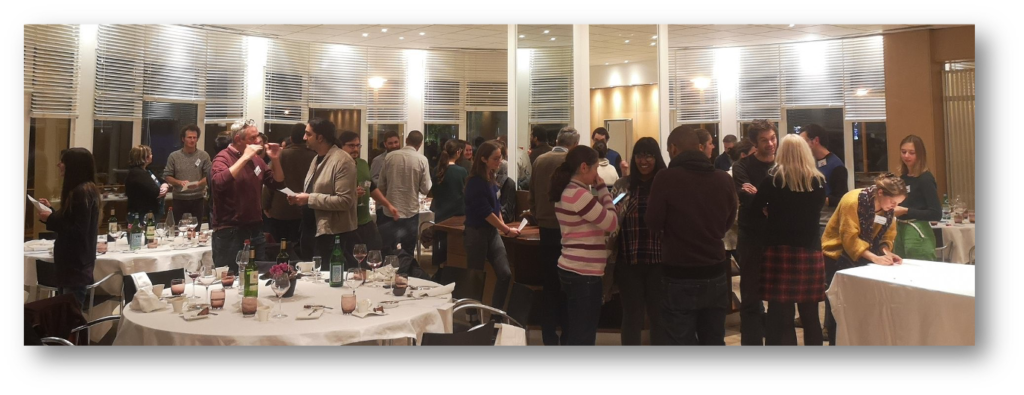Following the success of InvaCost on insects, we decided to extend our work to other taxonomic groups. This has taken a tremendous amount of time, resources and effort, but eventually, in November 2019, the first version of InvaCost was ready. We were then in possession of an enormous database, so many costs and descriptors of these costs, and so many ideas of how to analyze it all, that we decided to extend the perimeter of our collaborations.
We thus organized a workshop to start working on it with experts from all over the world. The real adventure started there.
Our approach was to select highly motivated colleagues (focusing on geographical diversity, gender balance and on Early Career Researchers), to offer them the registration, the trip, the accommodation and meals (and subsequent Open Access fees), and to work together on the database for a high-input high-gain collaboration. From nearly 150 applicants, we selected about 40 experts in ecology, economics, statistics, modelling and management from all over the world, and working on different habitats and taxonomic groups to have the widest coverage possible. All experts had to get familiar with the database prior to the workshop (ie had to fill up at least one new entry) and prepare questions and ideas. We gathered in an isolated place near Paris during three days, and we worked together on the database ever since.

The original page of the workshop is here, to give an idea of the project.
This paper also describes the strategy and mindset of the workshop, which is at the origin of the InvaCost success: Diagne C, Catford JA, Essl F, Nuñez MA, Courchamp F. 2020. What are the economic costs of biological invasions? A complex topic requiring international and interdisciplinary expertise. NeoBiota 63: 25–37. https://doi. org/10.3897/neobiota.63.55260

We hope this will encourage like-minded collaborations in the future in all fields of ecology.